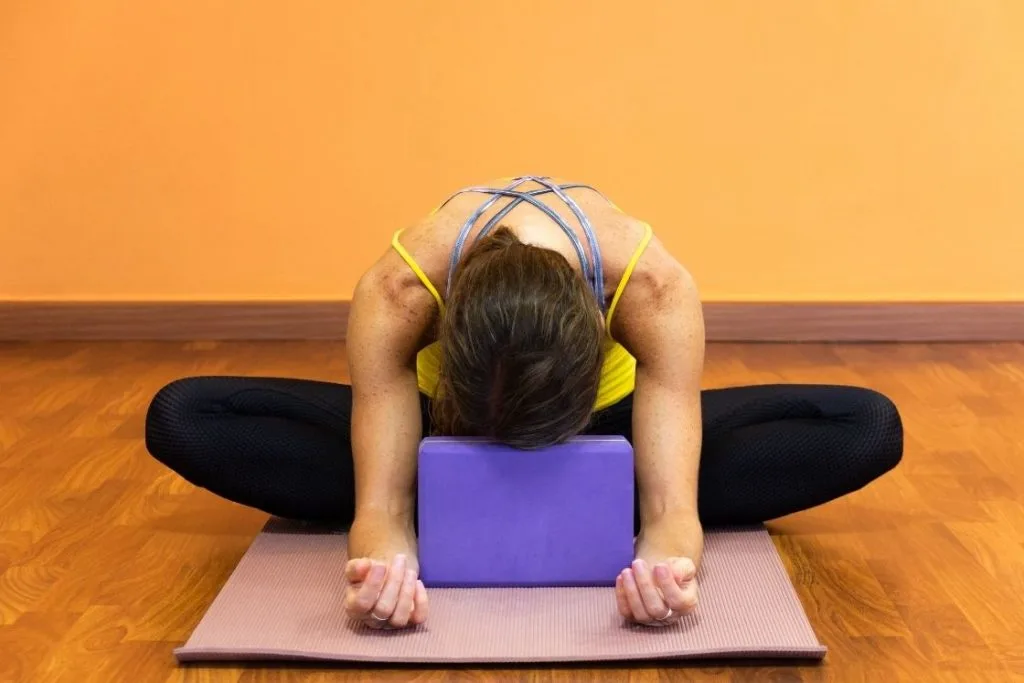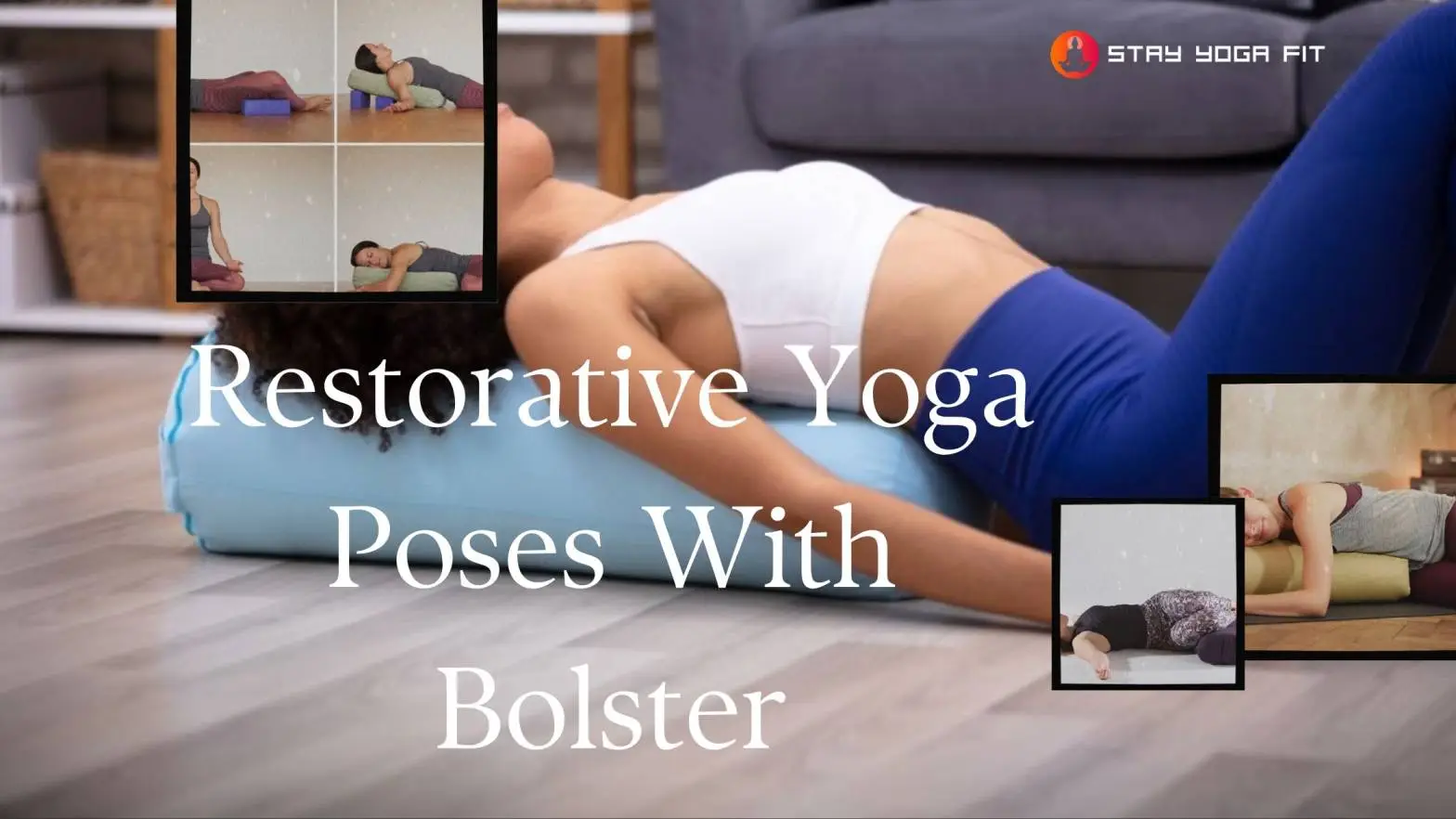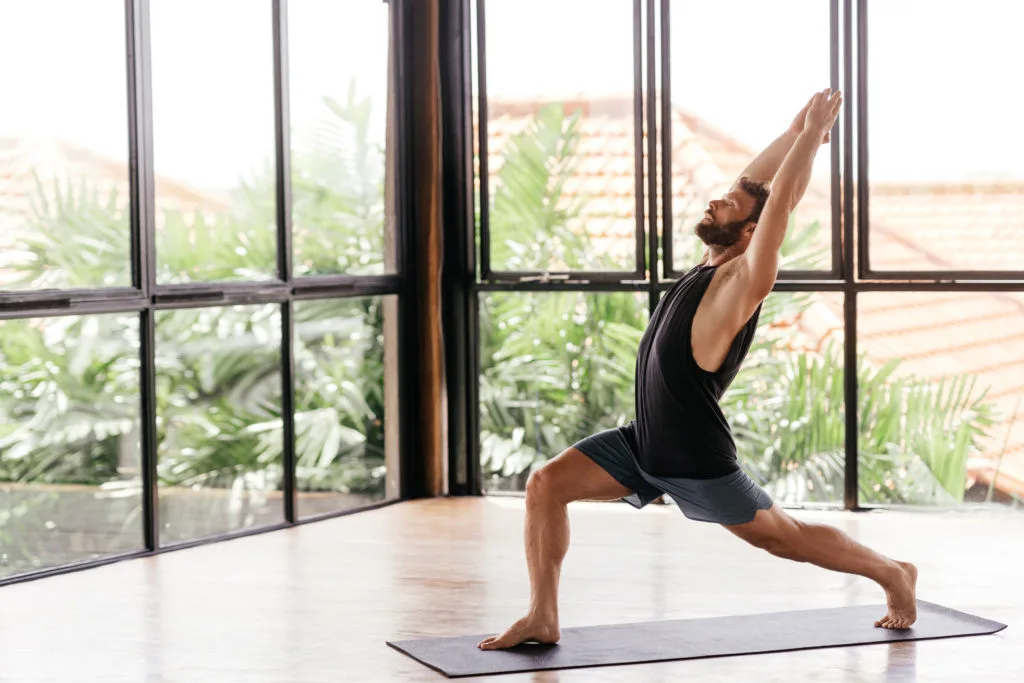In our advice column, called Wolf Wisdom, Wolf Terry, a Bhakti Yoga teacher and writer in Denver, Colorado, answers your pressing questions about practicing asana, meditation, mantra, and more. In this post, she covers how yoga can help with post-traumatic stress disorder.
Dear Wolf, How can yoga help people with PTSD?
Sincerely :: Yoga and Trauma
Dear Yoga and Trauma, Syncing awareness of movement with breath has a profound impact on training our nervous systems. “[It] helps disengage the sympathetic (fight-or-flight) response, which is in overdrive when a person struggles with post-traumatic stress,” says Kayla Bettis Weber, a mindfulness-based psychotherapist who uses yoga in her trauma recovery programs. “PTSD treatment focuses strongly on engaging the parasympathetic nervous system, which corresponds to states of calm, digestion, and orientation to time and space.”
Yin Yoga and Hatha Yoga are particularly suitable for trauma survivors, thanks in part to the breath work and compassionate observation of the internal and physical experience. “Eventually, this skill translates into un-attaching from intense emotional and physical waves of trauma symptoms so that you witness the experience rather than feel fear or shame,” Bettis Weber says.
See also Learn About Trauma-informed Yoga with Hala Khouri
Both physical and emotional trauma can leave survivors so disconnected from their bodies that not feeling becomes normal. That’s why asana is so important: Moving through poses allows you to explore a pathway to connection that may have been disrupted and learn to both feel and trust physical sensations such as natural limits within a particular pose.
Yoga cannot put us all on a fast track to healing, but it can help us sit with ourselves and each other for long enough to accept who we are.
Om Shanti :: Wolf
See also Yoga Advice for Practicing When You're Not 29 Anymore







